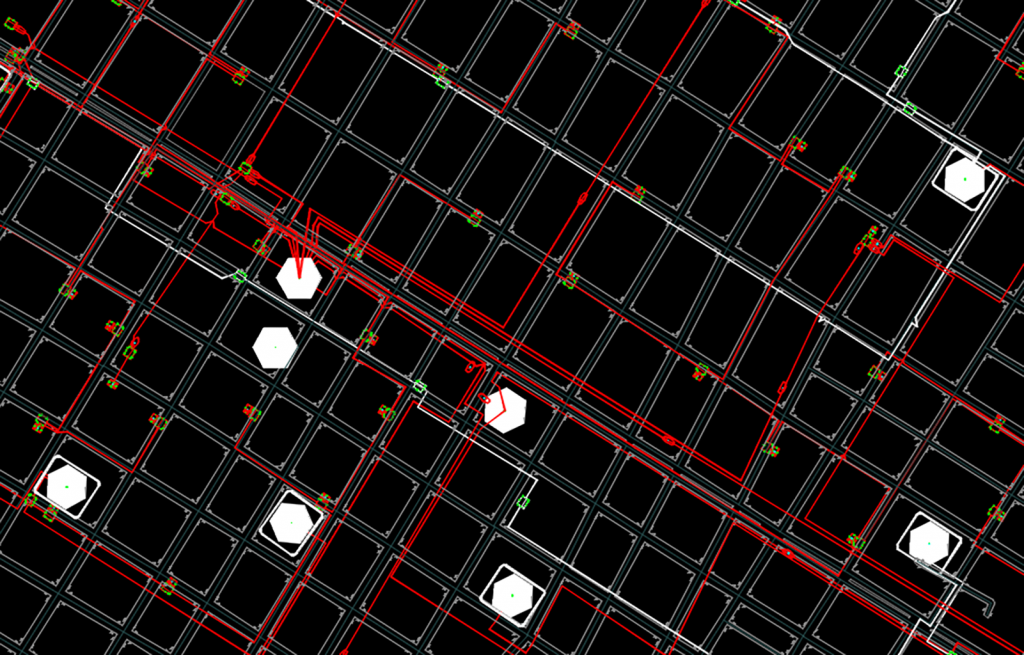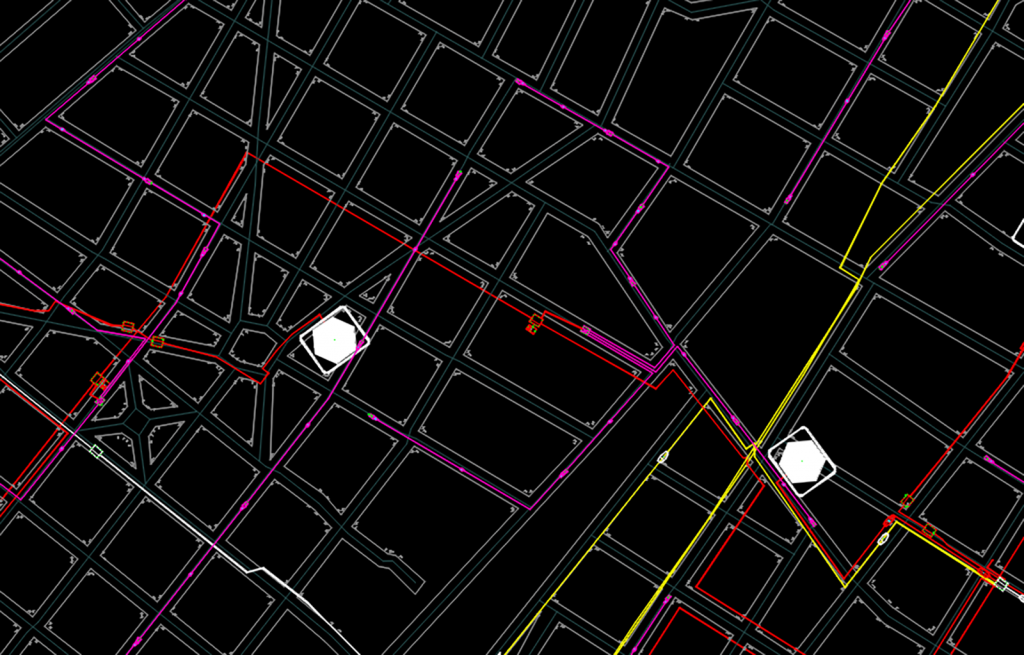-
Productos
Certa SystemCerta GISExternal Plant ModelingCerta FODocumentation for the fiber optic networkCerta ViewNetwork model visualization via web browserCerta Field SurveyStreet-level network editingAdd-onsCerta Inside PlantIndoor Plant ModelingCerta Forensic Outage AnalysisCalculation of service interruptions for each clientCerta CatalogDocumentation of the technical specifications of each element in your networkCerta FO CalculusCalculation of signal levels at each port of the networkCerta RF CalculusCalculation of signal levels at each port of the networkCerta Power CalculusLoad flow calculationsCerta ReportsReports for network monitoringCerta OMSService interruption managementCerta PCMNetwork construction project managementCerta EDANetwork drawing assistantStand AloneCerta Design FO On Road mapFO network designIn CADFTTH Network drawing assistant in AutoCADIn PlantInternal plant modeling of the companyIn Design FO On Road mapFO Network Design - Company






